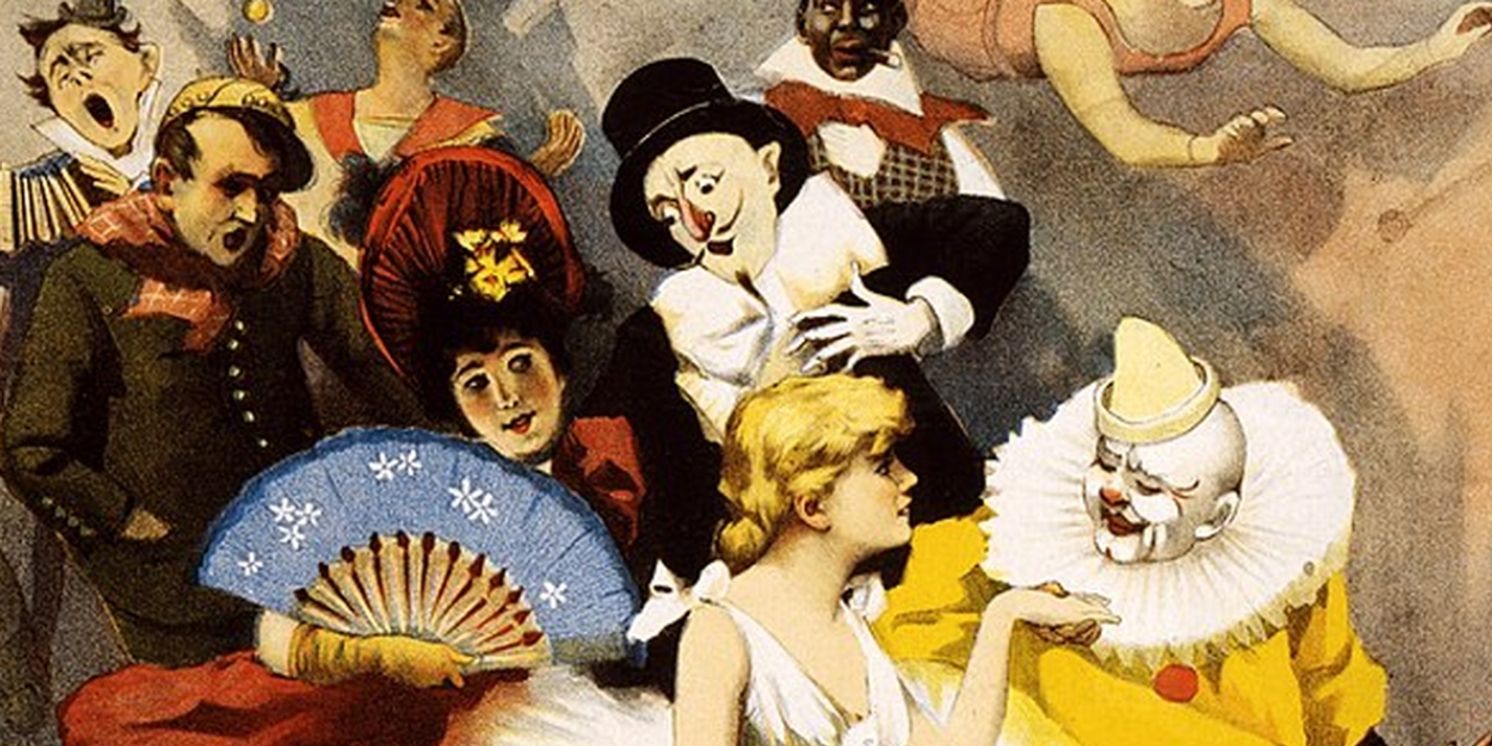What is Vaudeville? Unveiling Its Meaning and History
What was live entertainment like before Broadway was Broadway? We've got the scoop.

Not long ago, venues across the country were selling out houses and packing in crowds- and it wasn't for plays, musicals, or concerts as we know them today. Vaudeville, while its time in the spotlight was short, laid the groundwork for many aspects of modern entertainment and had a profound impact on live theatre today.
What made vaudeville unique? What was vaudeville known for? Study up!
What is Vaudeville?
Vaudeville was a form of variety entertainment that was popular in the United States and Canada from the late 19th century into the early 20th century. It was characterized by a series of unrelated acts, including comedy sketches, song and dance numbers, magic acts, acrobatics, jugglers, animal acts, and more.
Vaudeville shows were typically presented in theaters known as vaudeville houses or variety theaters, where audiences could enjoy a diverse range of performances in one sitting. These shows often featured both established performers and up-and-coming talent, providing a platform for entertainers to showcase their skills and gain recognition.
The format of vaudeville allowed for a wide range of entertainment to be presented to audiences of all ages and backgrounds, making it a popular form of entertainment during its heyday.
What does Vaudeville mean?
The word comes from the French phrase voix de ville, or "voice of the city."
Is Vaudeville a place?
No, unlike Broadway or the West End, Vaudeville is a simply type of entertainment and does not correspond to a specific place.
Where and when did Vaudeville start?
Vaudeville traces its origins to the variety entertainment traditions of the 19th century, particularly in the United States and Canada. The term "vaudeville" itself is believed to have originated from the French term "voix de ville," which means "voice of the city" or "songs of the town."
While there isn't a single definitive starting point for vaudeville, its roots can be found in the diverse forms of entertainment that were popular in urban centers during the 19th century. These included minstrel shows, burlesque, variety shows, traveling circuses, and more. These forms of entertainment often featured a mix of comedy, music, dance, magic, and other acts.
When was Vaudeville in its prime?
In the United States, vaudeville began to take shape in the mid-to-late 19th century, particularly in cities like New York, Boston, and Chicago. The emergence of urban theaters and the growth of a middle-class audience seeking affordable entertainment helped to fuel the popularity of vaudeville.
One early milestone in the development of vaudeville was Tony Pastor's variety theater in New York City, which opened in 1865. Pastor's theater featured a mix of family-friendly entertainment, including comedy sketches, songs, and specialty acts, which set a precedent for the format that would come to be known as vaudeville.
By the late 1890s, vaudeville had expanded significantly, boasting extensive circuits and a presence in nearly every sizable location. Notably, Martin Beck's Orpheum Circuit emerged as one of the largest, incorporating 45 vaudeville theaters across 36 cities in the United States and Canada, alongside substantial interests in two additional vaudeville circuits. Similarly influential was Alexander Pantages, who at the height of his career owned over 30 vaudeville theaters and exerted control over approximately 60 more through management contracts in both countries.
Throughout the late 19th and early 20th centuries, vaudeville continued to evolve and grow in popularity, eventually becoming a staple of American entertainment culture.
Who were the most famous Vaudeville stars?
Vaudeville boasted a plethora of talented performers, and several became household names during the height of its popularity. Some of the most famous vaudeville stars include: Charlie Chaplin, The Marx Brothers, Buster Keaton, Mae West, Fanny Brice, W.C. Fields, Eddie Cantor, George Burns and Gracie Allen.
Does Vaudeville still exist?
Vaudeville-style entertainment still exists, but its heyday has passed, and it gradually faded from prominence as other forms of entertainment took center stage.
Vaudeville's decline began in the early 20th century and was influenced by several factors. The emergence of new forms of entertainment such as radio, motion pictures, and later, television posed significant competition to vaudeville. These mediums offered convenient, affordable, and increasingly popular alternatives to live stage shows. As societal attitudes evolved, tastes in entertainment shifted. Vaudeville's formulaic structure and often risqué or outdated content became less appealing to audiences seeking more sophisticated or diverse forms of entertainment.
Additionally, economic downturns, such as the Great Depression, also contributed to vaudeville's decline.
Videos

